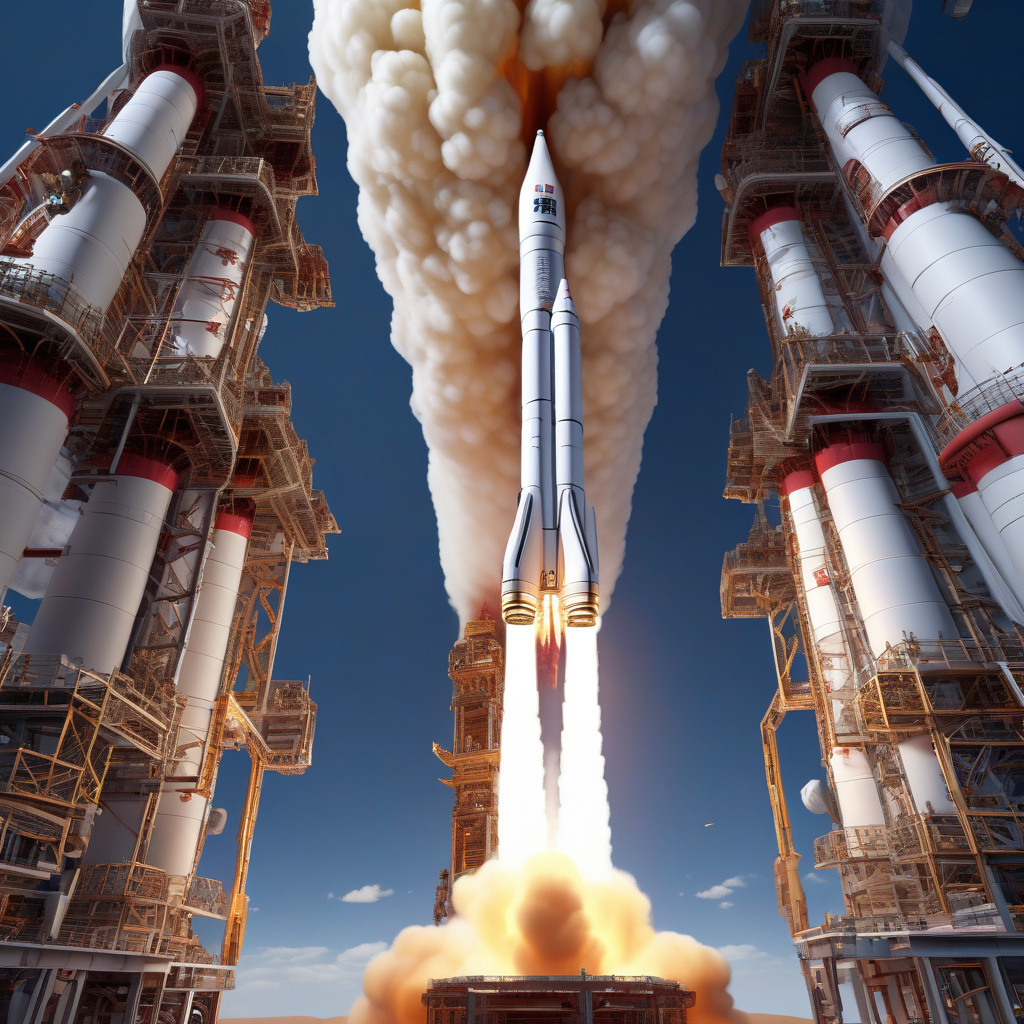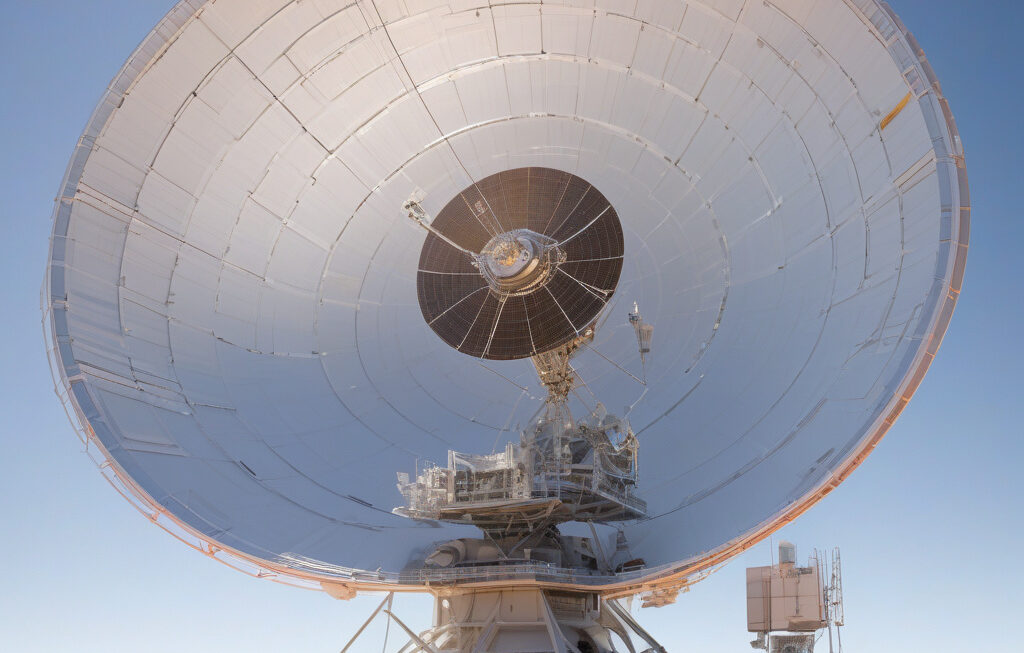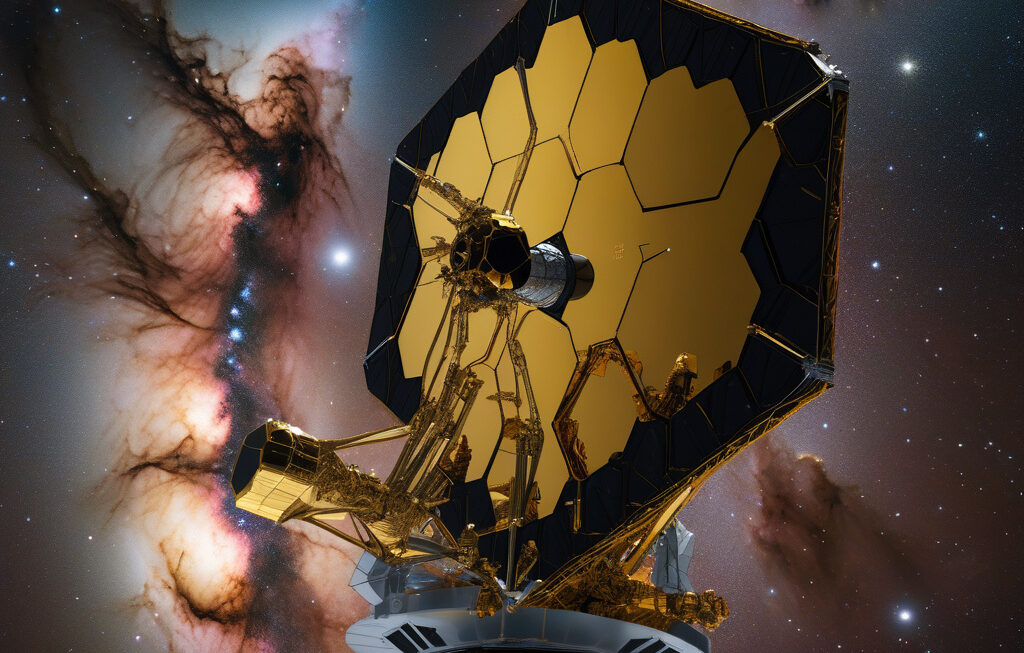China’s Reusable Rocket Fires Up with 9 Engines to Challenge Elon Musk’s SpaceX
Chinese rocket startup Landspace performed a crucial static fire test on Friday, June 20. The test involved the launch of its Tianque-12 reusable liquid methane-liquid oxygen rocket engine. This successful trial marked a significant milestone for Landspace as it gears up to challenge the likes of Elon Musk’s SpaceX in the competitive space industry.
The Tianque-12 engine, powered by a combination of liquid methane and liquid oxygen propellants, is a key component of Landspace’s future plans for reusable rocket technology. With nine engines firing simultaneously during the test, the company demonstrated its commitment to innovation and pushing the boundaries of space exploration.
Landspace’s foray into reusable rocket technology aligns with China’s broader ambitions in space exploration. As the country seeks to establish itself as a major player in the space industry, developments like the Tianque-12 engine test highlight China’s determination to compete on a global scale.
The concept of reusable rockets has gained prominence in recent years, with companies like SpaceX leading the way in developing this technology. Elon Musk’s vision of reducing the cost of space travel through reusability has set a high bar for other players in the industry. By testing the Tianque-12 engine, Landspace has shown its intent to not only keep pace with SpaceX but also carve out its own niche in the market.
One of the key advantages of reusable rocket technology is cost-effectiveness. Traditional rockets are single-use vehicles that are destroyed or rendered inoperable after each launch. In contrast, reusable rockets can be landed, refurbished, and relaunched multiple times, significantly reducing the overall cost of space missions.
Moreover, the environmental benefits of reusable rockets cannot be overstated. By minimizing the amount of space debris generated from each launch, reusable rockets contribute to a more sustainable approach to space exploration. As the global focus on environmental conservation grows, technologies that prioritize sustainability will likely become increasingly important in the space industry.
In addition to cost and environmental considerations, the reliability of reusable rockets is another key factor driving their adoption. By undergoing rigorous testing processes like the recent static fire test, companies can ensure that their reusable rocket systems meet the highest standards of safety and performance. This reliability is crucial for securing the trust of commercial and government partners who rely on these technologies for a wide range of applications.
Looking ahead, Landspace’s successful static fire test signals a promising future for Chinese innovation in the space sector. By investing in reusable rocket technology and demonstrating their capabilities through tests like the one conducted on the Tianque-12 engine, Landspace is positioning itself as a serious contender in the competitive landscape of space exploration.
As the global space industry continues to evolve, competition among companies like Landspace and SpaceX will likely drive further advancements in reusable rocket technology. By challenging the status quo and pushing the boundaries of innovation, these companies are not only shaping the future of space exploration but also inspiring the next generation of scientists, engineers, and space enthusiasts.
In conclusion, Landspace’s recent milestone with the Tianque-12 engine test underscores the company’s commitment to advancing reusable rocket technology and competing with industry giants like SpaceX. As China’s space ambitions take flight, the development of innovative technologies like the Tianque-12 engine will play a crucial role in shaping the future of space exploration.
China, reusable rocket, Landspace, SpaceX, innovation












